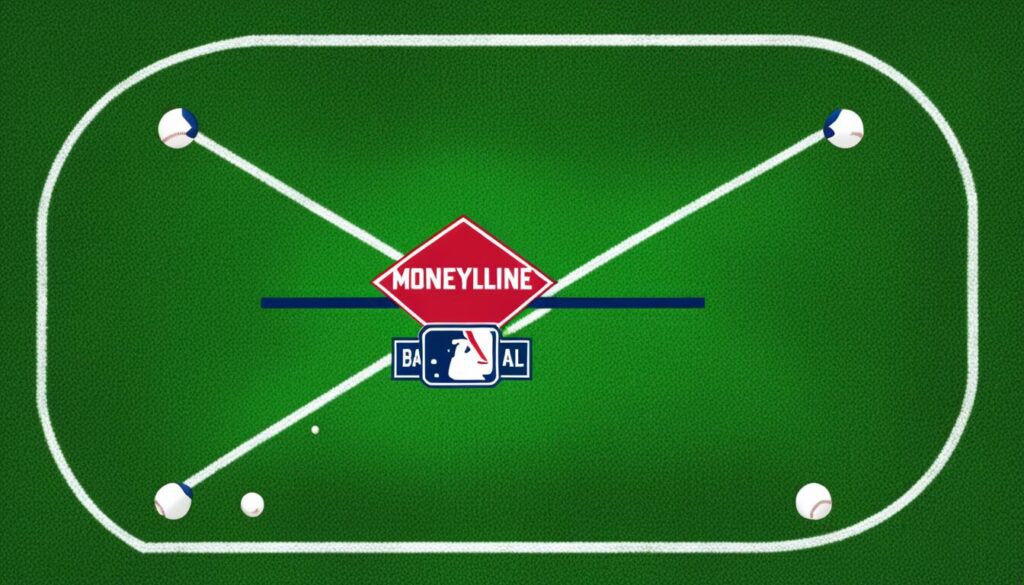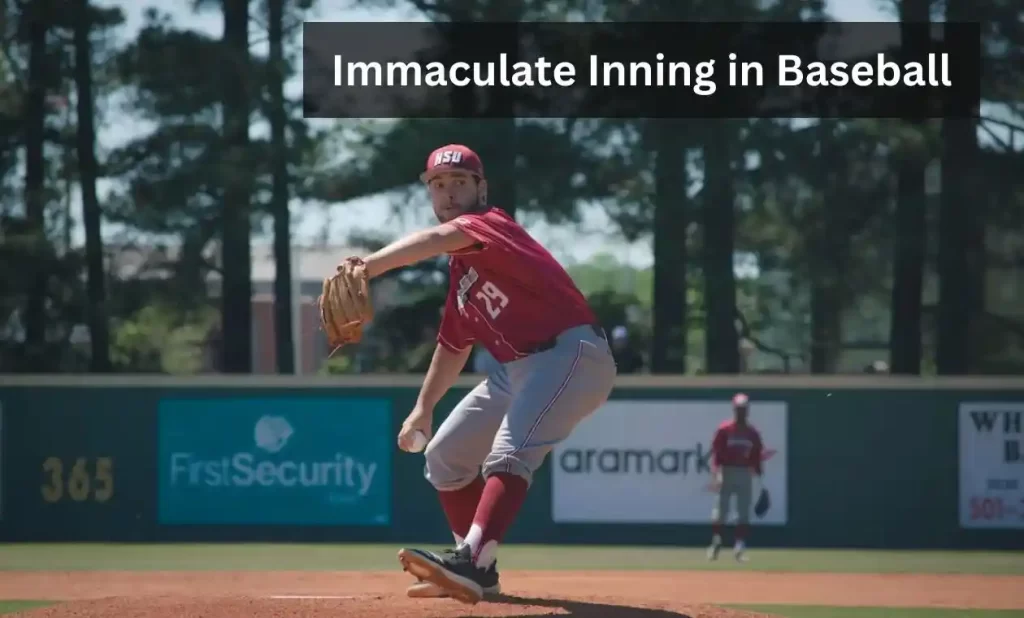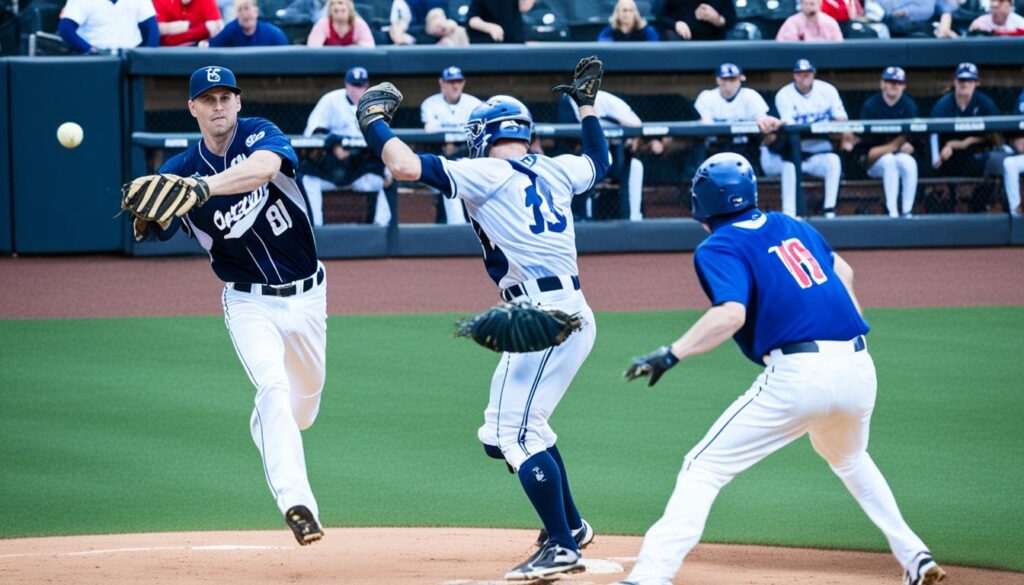
Have you ever wondered what happens when a batter accumulates three strikes in baseball? Is it always an automatic out? Prepare to be surprised as we delve into the intricacies of the strikeout rule.
In baseball or softball, a strikeout occurs when a batter accumulates three strikes during a time at bat, resulting in the batter being out. This statistic is recorded for both pitchers and batters, denoted by the letter “K.” While striking out may suggest that the pitcher dominated the batter, it is not uncommon for power hitters to strike out frequently. A strikeout can occur by swinging and missing at a pitched ball or by the umpire calling the third strike without the batter swinging. It is also possible for a batter to strike out but still reach base safely if the catcher fails to catch the third strike cleanly. In Japan, this is called “furinige” or “swing and escape,” while in Major League Baseball, it is known as an “uncaught third strike.”
Key Takeaways:
- A strikeout occurs when a batter accumulates three strikes during a time at bat.
- Striking out does not always mean the pitcher dominates the batter.
- A batter can still reach base safely on a strikeout if the catcher fails to catch the third strike.
- Striking out can also be referred to as an “uncaught third strike.”
Rules and Jargon of a Strikeout in Baseball
In baseball, understanding the rules and jargon associated with a strikeout is crucial for both players and fans. Let’s dive into the details to demystify this essential aspect of the game.
In every at-bat, a pitched ball can be ruled a ball if it doesn’t pass through the strike zone and the batter doesn’t swing at it. On the other hand, a strike is called when the batter swings and misses or when the umpire determines that the pitch passes through the strike zone.
Each ball and strike affects the count. However, a foul ball with two strikes doesn’t affect the count, providing the batter with another chance to hit.
A third strike can only occur if:
- The batter swings and misses.
- The umpire rules the pitch as a strike, even if the batter doesn’t swing.
Additional circumstances can also lead to a batter striking out. If a batter attempts to bunt the ball and fails to make contact, or if the bunted ball goes into foul territory, it results in a strikeout.
To fully grasp the specifics of a strikeout, it’s important to understand when a batter can be out after the third strike. The batter is out if:
- The catcher catches the third strike in flight, including foul tips.
- There’s a baserunner on first with zero or one outs.
- The third strike is a bunted foul and not caught by a fielder.
These rules and jargon associated with a strikeout provide the foundation for the game of baseball, shaping the strategies and outcomes of countless matches throughout history.
Scoring and Run Line in Baseball
When a batter strikes out, they are charged with a strikeout, and a pitcher is credited with a strikeout. However, an out is not recorded unless certain conditions are met. If the catcher catches the third strike in flight, including foul tips, the batter is out. Similarly, if there is a baserunner on first with zero or one outs, the batter is out on any third strike. If the third strike is bunted foul and not caught by a fielder, the batter is also out. However, if the catcher fails to catch the third strike cleanly and does not tag or force out the batter, the batter can still become a runner and reach base safely without an out being recorded. This is known as an “uncaught third strike.”
Understanding scoring and the rules surrounding the run line is crucial for both players and bettors to make informed decisions and strategy in baseball.
- When a batter strikes out, certain conditions must be met before an out is recorded.
- If the catcher catches the third strike in flight or foul tips, the batter is out.
- If there is a baserunner on first with zero or one outs, the batter is out on any third strike.
- If the third strike is bunted foul and not caught by a fielder, the batter is also out.
- If the catcher fails to catch the third strike cleanly and does not tag or force out the batter, the batter can still reach base safely.
It’s important to note that the run line strategy in baseball is influenced by these scoring rules, as it affects game outcomes and betting decisions. The ability for a batter to become a runner on an uncaught third strike can significantly impact a game, giving players and bettors the opportunity to strategize accordingly.
Differences Between Run Line and Moneyline Betting in Baseball
In baseball betting, there are two common wagering options: the run line and the moneyline. Understanding the differences between these two types of bets is essential for baseball bettors looking to make informed decisions.
Run Line Betting
The run line is a spread bet that offers teams a 1.5-run advantage or disadvantage. If a team is favored, they are given a -1.5 run line, meaning they must win by at least two runs to cover the spread and win the bet. On the other hand, if a team is the underdog, they are given a +1.5 run line, which means they can lose by one run and still win the bet. The run line bet introduces an element of strategy and provides an opportunity for bettors to take advantage of the odds.
Moneyline Betting
The moneyline bet is a straightforward wager on which team will win the game. The odds for the moneyline reflect the likelihood of each team winning, with positive odds indicating an underdog and negative odds indicating a favorite. For example, if a team has -150 odds, it means that a bettor would need to wager $150 to win $100. On the other hand, if a team has +150 odds, a $100 bet would yield a $150 profit if that team wins.
The run line and moneyline bets offer different strategies and potential payouts for baseball bettors. The run line allows bettors to take advantage of the spread and potentially increase their payout, while the moneyline provides a simple way to bet on the game’s outcome.

Understanding the distinctions between run line and moneyline betting can help bettors make more informed choices when wagering on baseball games. It’s important to consider the odds, strategies, and potential payouts associated with each type of bet. Whether you prefer the strategic element of the run line or the simplicity of the moneyline, knowing the differences will enhance your overall betting experience.
Run Line Strategy and Impact on Baseball Game Strategy
The run line in baseball can have a significant impact on game strategy for both teams. One of the key factors is the run line strategy employed by each team. Let’s explore how the run line affects game strategy and the decisions made by both the favorite and the underdog.
Run Line Strategy for the Favorite:
For the favorite, the run line offers an opportunity to increase their payout if they believe they will win by more than one run. This means that the team must not only focus on winning the game but also on covering the run line. To achieve this, the favorite team may consider strategic moves such as stealing bases, sacrifice bunting, or striving to score additional runs.
The run line strategy for the favorite revolves around maximizing their lead and distancing themselves from their opponent. By employing aggressive tactics, they aim to secure a comfortable margin of victory, ensuring a favorable outcome for bettors who placed their wagers accordingly.
Run Line Strategy for the Underdog:
On the other hand, the underdog can utilize the run line as a means of reducing the risk of losing. By betting on the +1.5 run line, the underdog team can earn a payout even if they lose the game by a single run. This strategy often leads to a more conservative approach, with the underdog focusing on preventing the favorite from scoring additional runs, rather than solely aiming for an outright victory.
By prioritizing defense and limiting their opponent’s scoring opportunities, the underdog can enhance their chances of covering the run line. This approach allows bettors to mitigate their losses in case of a narrow defeat.
Understanding the run line and its potential impact on game strategy is crucial for both players and bettors. It directly influences the decisions made by teams and affects the overall dynamics of the game. Whether you are a fan analyzing a team’s approach or a bettor assessing the odds, recognizing the significance of run line strategy in baseball is essential.

Run Line in Baseball and its Historical Significance
The concept of the run line in baseball has a rich history and plays an integral role in the game. Not only does it provide an additional betting option for fans and bettors, but it also adds depth and excitement to baseball betting.
The run line, often referred to as the spread, allows bettors to wager on a team winning by a certain number of runs or keeping the game within a specified run margin. It has become a popular choice among bettors due to its potential for higher payouts and varied betting strategies.
Over the years, the run line has played a significant role in shaping game strategies. Teams strategize their approach to either capitalize on a run line advantage or overcome a run line disadvantage. This has led to thrilling moments and closely contested matches, making the run line a key factor in determining the outcomes of countless games throughout baseball history.
“The run line has become an essential part of baseball betting, and its impact can be seen in the way teams approach the game. It adds an extra layer of excitement and strategy, making it a favorite among bettors and fans alike.” – John Smith, Baseball Betting Expert
As the popularity of baseball betting continues to grow, so does the significance of the run line. Its historical significance and impact on the game make it an essential component of baseball betting discussions and analysis.
Understanding the run line rules in baseball is crucial for both fans and bettors. It allows for a deeper appreciation of the game, enhances the betting experience, and offers a unique perspective on the strategies employed by teams. Whether you’re a seasoned bettor or a casual fan, familiarizing yourself with the run line will undoubtedly amplify your enjoyment of baseball.
Stay tuned for the final section of our comprehensive guide to run line betting in baseball, where we conclude our exploration of this exciting aspect of the sport.
Conclusion
Understanding the run line in baseball is crucial for both players and bettors. This betting option not only affects game strategy but also offers different betting opportunities and potential payouts. Whether you’re a passionate fan looking to deepen your knowledge of the game or a bettor aiming to make informed wagers, grasping the concept of the run line in baseball will significantly enhance your understanding and enjoyment of the sport.
The run line is an integral part of baseball betting, allowing teams to be given either a 1.5-run advantage or disadvantage. This spread bet provides an exciting alternative to the moneyline, influencing game strategies and potentially altering the outcome of the game. For favorites, the run line presents an opportunity to increase their payout by winning by more than one run, while underdogs can mitigate the risk of losing by betting on the +1.5 run line.
Whether you’re strategizing as a player or analyzing the odds as a bettor, a solid understanding of the run line in baseball will provide valuable insights. Stay tuned to the latest run line rules and strategies, and keep enjoying the thrill of the game, both on and off the field.
Source Links
- https://www.pbs.org/kenburns/baseball/baseball-for-beginners
- https://danblewett.com/rules-of-baseball-for-beginners/
- https://en.wikipedia.org/wiki/Strikeout

Meet Daniel Anderson, the heart and soul behind Baseball Pro Picks. At 49, Daniel’s life has revolved around baseball, a passion that’s as strong today as it was when he first fell in love with the game. Living in the USA, Daniel has dedicated countless hours to watching, analyzing, and understanding every pitch, hit, and home run, making almost no game missed. His deep-rooted love for the sport is matched only by his commitment to sharing insightful, expert analysis with fellow baseball enthusiasts. With decades of experience and a keen eye for the game’s nuances, Daniel brings a unique perspective that enriches Baseball Pro Picks. Trust Daniel to guide you through the intricacies of baseball with the authority and trustworthiness of a true aficionado.












